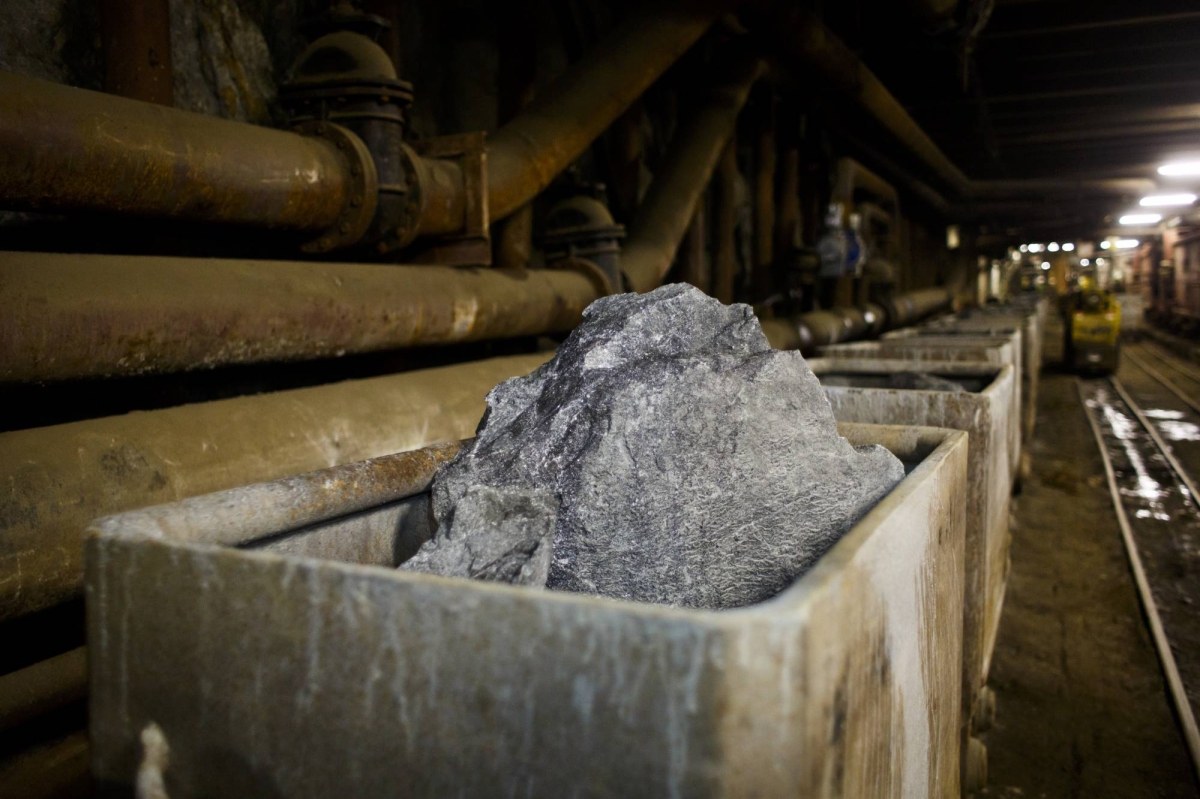
Wärtsilä Power Plant Boosts Japan’s Renewable Energy Transition
The 100 MW Sodegaura power plant in Japan has been successfully commissioned. It marks a significant step in Japan’s renewable energy transition. The plant uses ten Wärtsilä 34SG engines, providing critical grid balancing to support Japan’s renewable energy goals.
Supporting Japan’s Renewable Energy Goals
The Sodegaura plant, located in Chiba Prefecture, will help manage fluctuations in renewable energy supply. Japan aims for 40-50% renewable energy by 2040. This new facility will play a key role in stabilizing the grid. It will balance supply and demand, especially when wind and solar power fluctuate.
Tokyo Gas Engineering Solutions (TGES), a subsidiary of Tokyo Gas, built and will operate the plant. The plant is part of Japan’s new cross-regional balancing market. It will help balance renewable energy fluctuations and ensure a steady power supply.
Wärtsilä Technology Ensures Grid Flexibility
Wärtsilä’s 34SG engines offer rapid response times. They can reach full output within minutes. This flexibility is crucial for managing supply fluctuations. The engines provide balancing power, ensuring Japan maintains a reliable energy grid despite increased renewable energy.
Tadashi Ishizaka, Executive Officer at Tokyo Gas, emphasized the importance of the Wärtsilä power plant in stabilizing the grid. “This plant will act as a balancer, responding to fluctuations in supply and demand,” he said. This aligns with Japan’s strategic energy plan to increase renewable energy integration.
Wärtsilä’s Commitment to Decarbonization
Wärtsilä is committed to decarbonizing power generation. The Sodegaura plant showcases how their technology supports this goal. Nicolas Leong, Energy Business Director at Wärtsilä, expressed excitement about supporting Tokyo Gas with flexible gas engine technology. “We are thrilled to support Tokyo Gas as they integrate more renewables into the system,” he said.
Wärtsilä and Tokyo Gas have maintained a strong partnership. TGES has installed 39 Wärtsilä gas engines in previous projects. Both companies have worked together to optimize plant efficiency since the early 2000s.
Conclusion
The commissioning of the Wärtsilä-powered Sodegaura plant is a major step toward Japan’s renewable energy future. The plant’s grid balancing capabilities will help integrate more wind and solar power into Japan’s energy mix. This collaboration between Wärtsilä and Tokyo Gas is crucial for Japan’s decarbonization goals.











Leave a Reply
You must be logged in to post a comment.